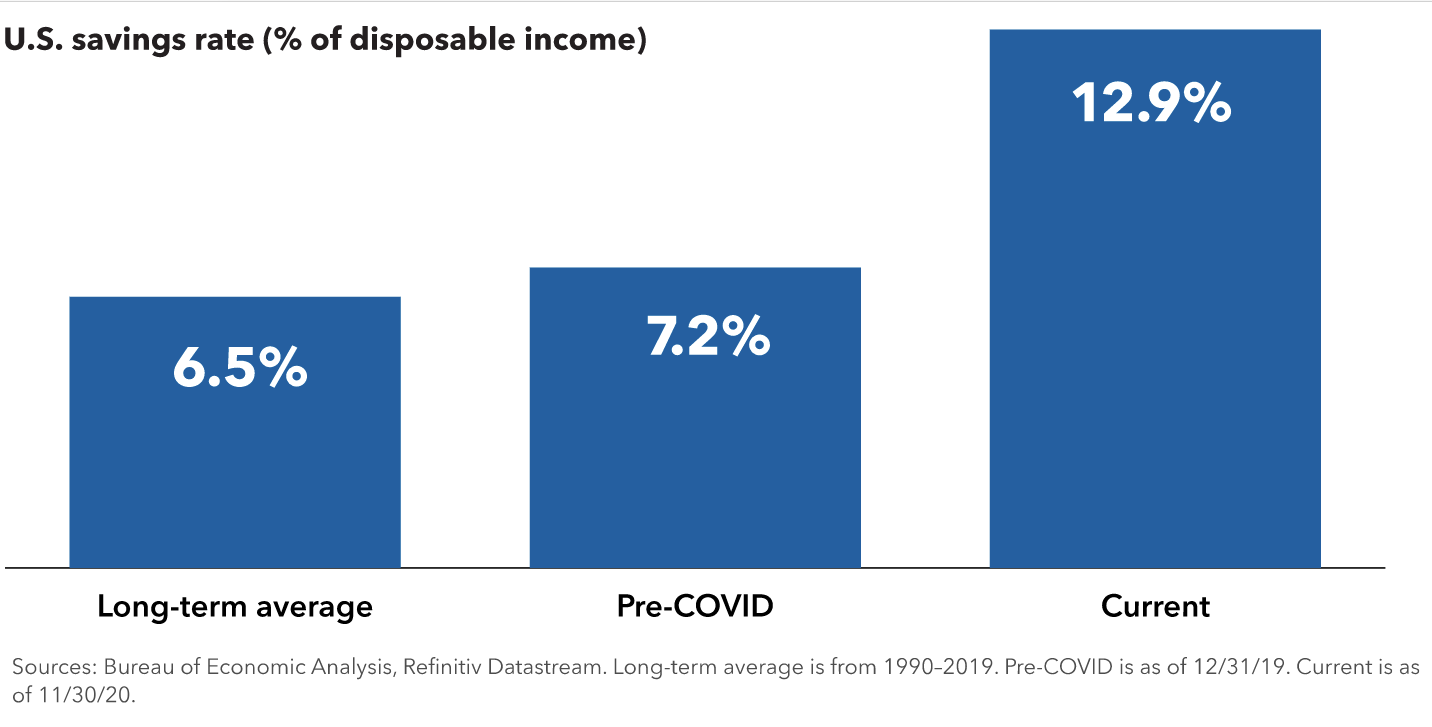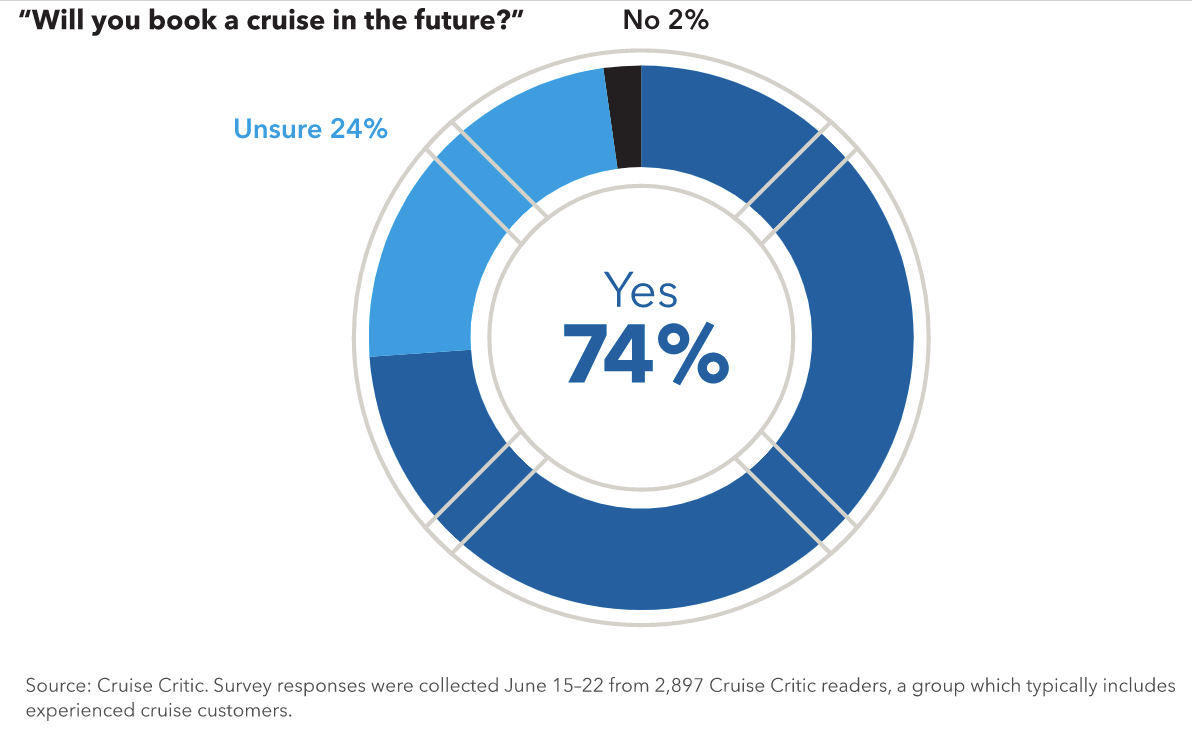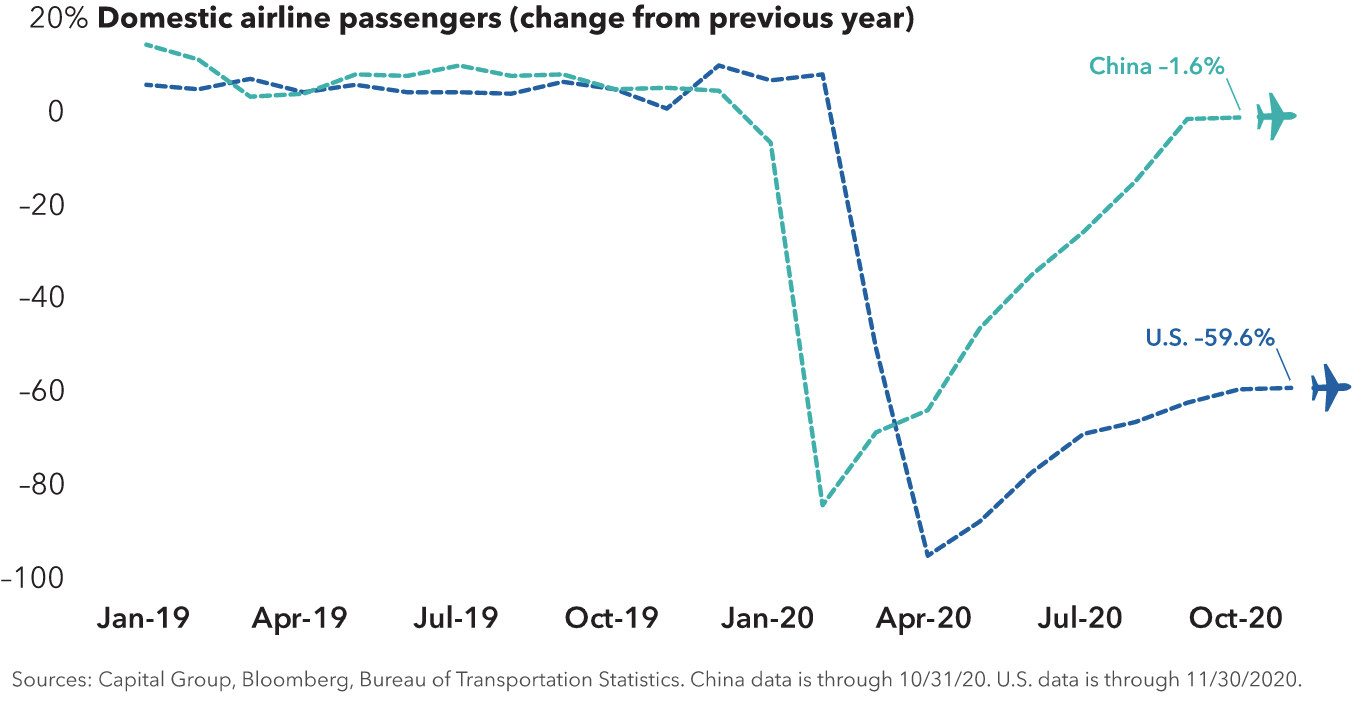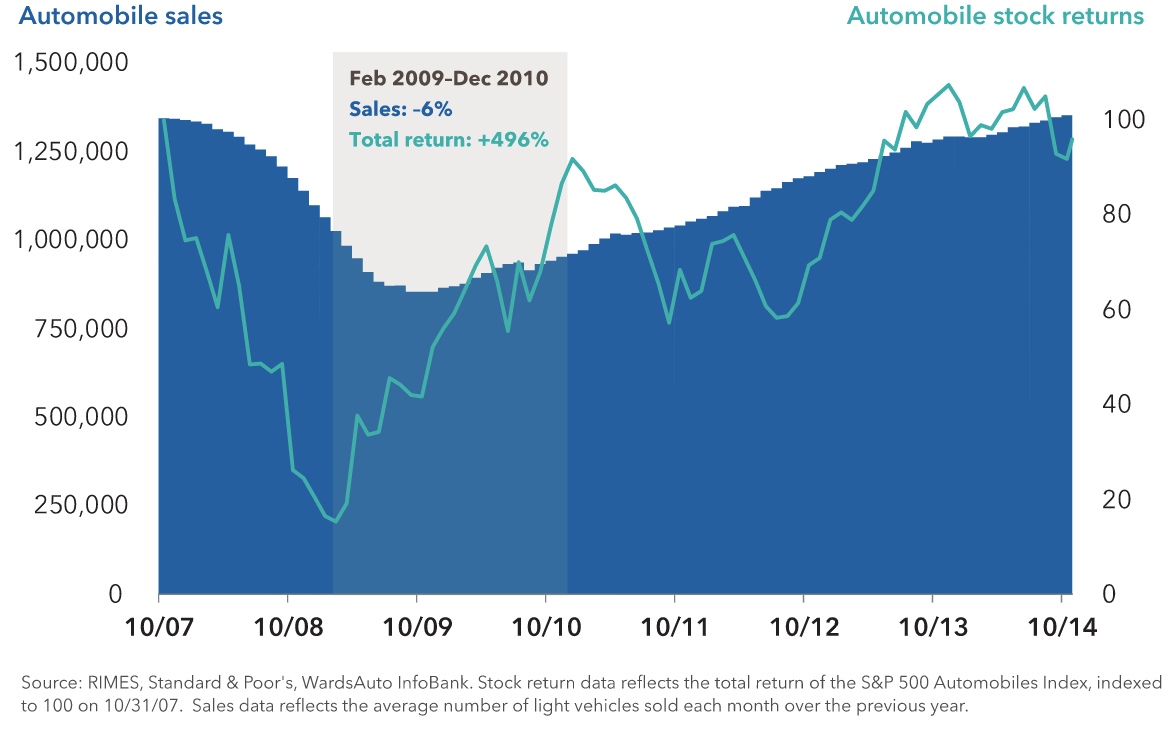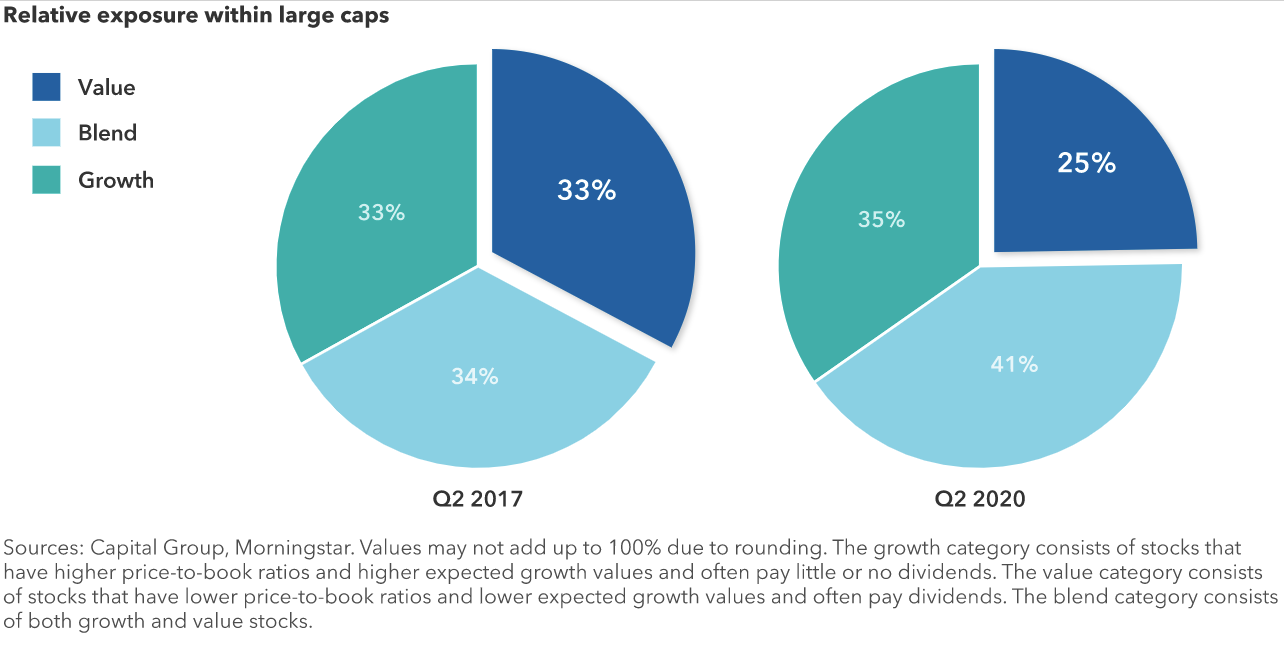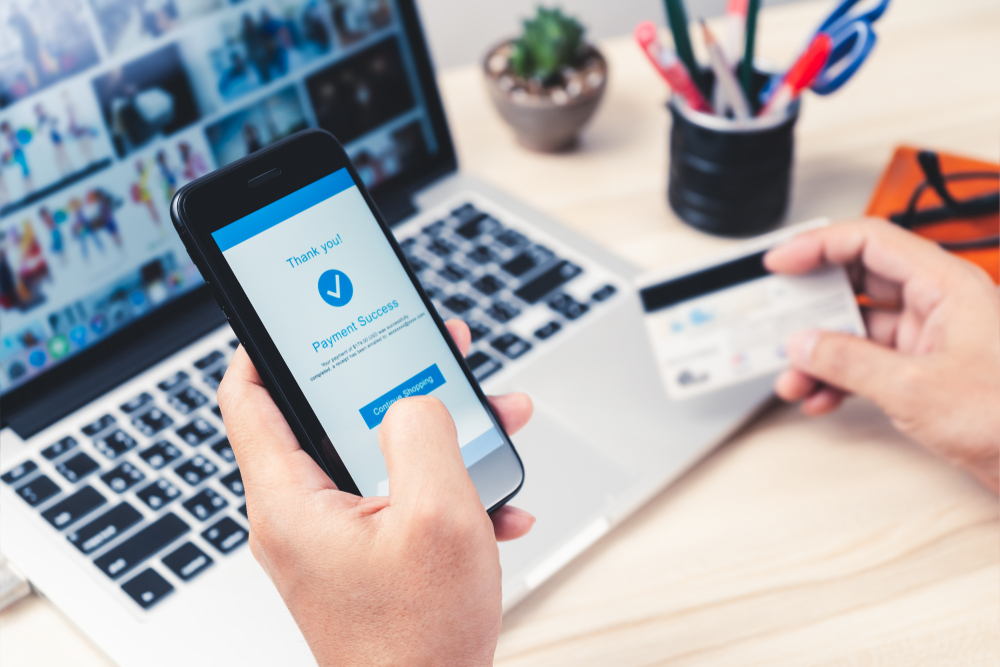
Messenger RNA Technology a Silver Lining
Many of us have been in lockdown for more than a year. We’ve canceled vacations, restaurant visits, and in-person schooling. More than 500,000 of our loved ones across the country have passed away.
Is there a COVID pandemic silver lining?
It turns out there is. The messenger RNA immunization technology developed for the Moderna and Pfizer coronavirus vaccines has the potential to revolutionize the way we treat—and prevent—a wide variety of other diseases and illnesses. Scientists are sequencing HIV, seasonal flu viruses, and certain cancers. They are identifying snippets of RNA that could teach the body to fight them off before they can run rampant through the body.
The vaccine approach to the coronavirus uses lipid nanoparticles—essentially fat bubbles—to deliver bits of a disease’s genetic material into the body, helping the immune system spot the spike proteins they use to enter human cells. At the moment, Moderna is working on two HIV vaccine candidates: mRNA-1644 and mRNA-1574.
The vaccine has been tested successfully in macaque monkeys, which developed neutralizing antibodies that bind to the proteins that HIV uses to enter cells, neutralizing the disease before it can spread. Another mRNA test protects mice against HIV infection.
Messenger RNA for the Flu?
Meanwhile, phase 1 clinical trials for more effective seasonal flu vaccines will start this year. Companies are developing additional RNA vaccines for mononucleosis, types of lymphoma, and nasal cancer. Other experimental cancer vaccines will require doctors to extract tumor samples from the patient, sequence the genome, and create a specific RNA therapy that will teach the immune system to destroy the cancer cells—and only the cancer cells. Six of 10 patients in an early trial responded positively to the treatment; in two, the cancer was destroyed, while four others stabilized and had no further cancer progression.
The newly-developed therapies also offer promise in fighting several autoimmune diseases, including multiple sclerosis. A recent mRNA experiment suggests that mRNA treatment can promote the development of blood vessels. An injection might improve outcomes in people undergoing coronary artery bypass surgery.
Some of these therapies might have happened eventually without the crash COVID vaccine projects, but almost certainly, they would not have been in clinical trials this quickly. We mourn the millions of people lost to the pandemic here and abroad, but there may be fewer deaths, and diseases, in our future.
Are you on track for retirement?
Making sure you will be ready for retirement can be overwhelming. Funding your retirement accounts over the years is a critical part of your journey to the retirement of your dreams. An experienced Financial Advisor can help you navigate the complexities of investment management. Talk to a Financial Advisor>
Dream. Plan. Do.
Platt Wealth Management offers financial plans to answer your important financial questions. Where are you? Where do you want to be? How can you get there? Our four-step financial planning process is designed to be a road map to get you where you want to go while providing flexibility to adapt to changes along the route. We offer stand alone plans or full wealth management plans that include our investment management services. Give us a call today to set up a complimentary review. 619-255-9554.


